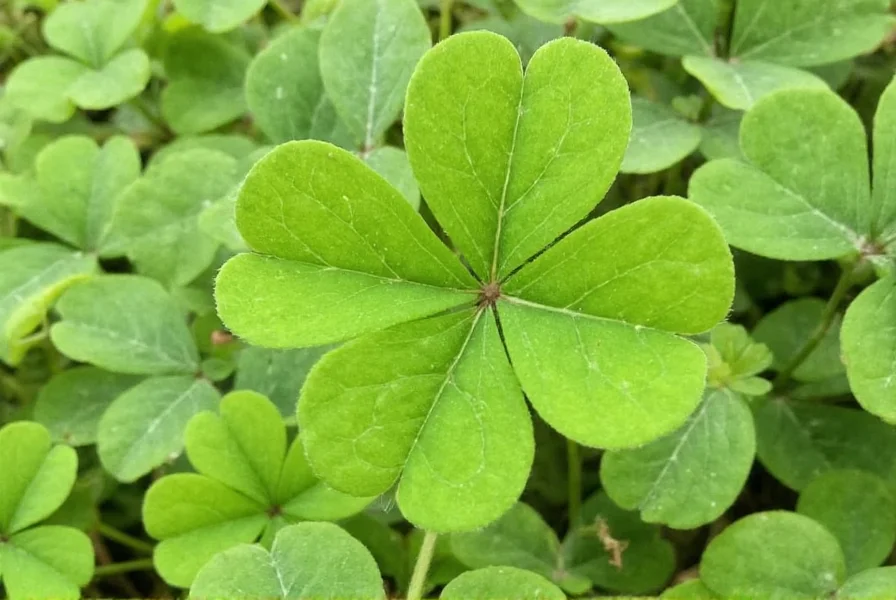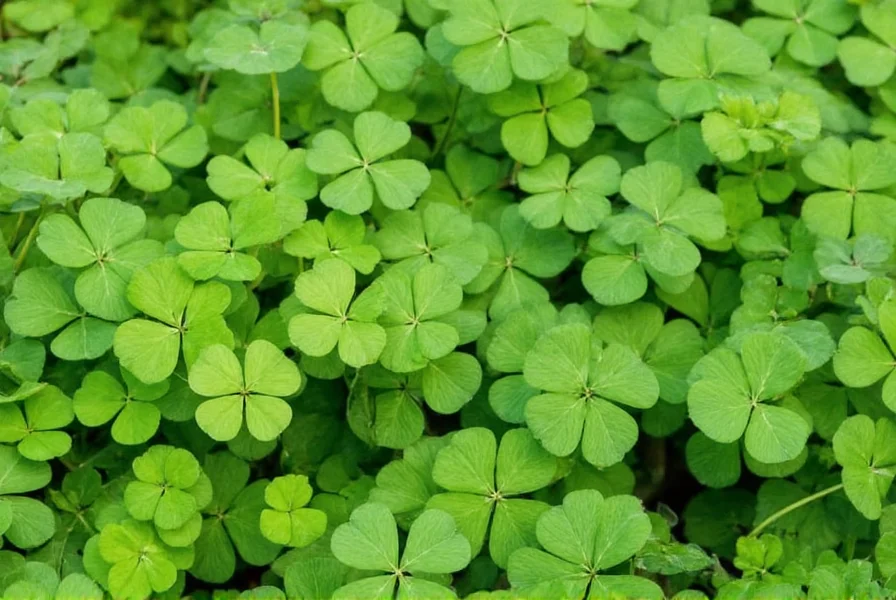The optimal time to harvest clover is when 10-15% of the flowers are in bloom, typically during early to mid-summer. Morning harvesting after the dew has dried ensures maximum nutrient retention and prevents mold development. For red clover, cut at 2-4 inches above the soil; white clover requires a higher cut at 3-5 inches. Proper drying to 15-18% moisture content before baling prevents spoilage and maintains nutritional value for livestock feed or seed production.
Harvesting clover effectively requires understanding both botanical characteristics and practical field considerations. As a valuable forage crop and nitrogen-fixing plant, clover serves multiple agricultural purposes from livestock nutrition to soil improvement. This comprehensive guide details evidence-based harvesting practices that maximize yield and quality while supporting sustainable land management.
Understanding Clover Varieties and Their Harvest Requirements
Clover species differ significantly in growth habits and optimal harvest timing. Red clover (Trifolium pratense) establishes deep taproots and produces higher biomass, while white clover (Trifolium repens) spreads through stolons with lower-growing habits. Alsike clover (Trifolium hybridum) offers intermediate characteristics suitable for wetter soils.
Each variety responds differently to harvesting pressure. Red clover tolerates closer cutting but requires longer regrowth periods between harvests. White clover withstands frequent mowing at higher heights, making it ideal for pasture systems. Recognizing these distinctions helps determine when to harvest clover for hay versus pasture maintenance.

Timing Considerations for Maximum Yield
Seasonal timing significantly impacts clover quality and regrowth potential. The first harvest typically occurs in late spring to early summer when plants reach 10-15% bloom stage. Subsequent cuttings should follow a 28-35 day interval, adjusting based on weather conditions and regrowth rates.
Time of day matters considerably for moisture management. Best time to harvest clover occurs in late morning after dew evaporates but before afternoon heat increases respiration rates. This timing preserves carbohydrate levels while allowing sufficient drying time before evening moisture returns.
| Clover Type | Optimal Bloom Stage | Cutting Height | Regrowth Interval |
|---|---|---|---|
| Red Clover | 10-15% bloom | 2-4 inches | 30-35 days |
| White Clover | 20-30% bloom | 3-5 inches | 25-28 days |
| Alsike Clover | 15-20% bloom | 3-4 inches | 28-32 days |
Harvesting Methods: Manual vs Mechanical Approaches
Small-scale operations often utilize scythes or sickles for precise cutting that minimizes plant damage. This manual clover harvesting technique works well for seed production where preserving flower heads is critical. For larger fields, modern mowers with conditioning rollers accelerate drying by crimping stems without excessive leaf loss.
When implementing mechanical harvesting of clover for hay, equipment settings require careful adjustment. Set mower height according to clover type and ensure sharp blades to prevent stem crushing. Conditioning rollers should apply moderate pressure—excessive force damages delicate leaves containing most nutritional value.
Post-Harvest Handling and Drying Techniques
Proper drying represents the most critical post-harvest step. Clover requires 2-3 days of field curing under ideal conditions (70-80°F with moderate breeze). Tedding operations should occur when moisture content reaches 40-50%, flipping windrows to expose damp undersides.
Monitoring moisture levels prevents spoilage. The optimal moisture content for baling clover ranges between 15-18%. Exceeding 20% moisture risks mold development and nutrient loss during storage. Use a reliable moisture tester rather than visual estimation for accuracy.
Storage Methods for Preserved Quality
Proper storage maintains nutritional value and prevents deterioration. Store bales in well-ventilated structures with moisture barriers beneath. Stack bales with space between rows to allow air circulation. For long-term storage exceeding six months, consider wrapping bales in plastic to create anaerobic conditions that preserve quality.
When implementing clover seed harvesting techniques, allow plants to fully mature in the field. Seed heads should turn brown before cutting. Use canvas tarps during collection to minimize seed loss, and employ gentle threshing methods to avoid damaging the small seeds.
Common Harvesting Mistakes to Avoid
Many growers compromise quality through preventable errors. Cutting too low damages crowns and reduces regrowth potential. Harvesting during wet conditions introduces excess moisture that promotes mold. Waiting until full bloom stage decreases protein content while increasing fiber levels.
Understanding when not to harvest clover proves equally important as knowing when to harvest. Avoid cutting during drought stress or within six weeks of expected first frost. These practices weaken root systems and reduce winter survival rates, particularly for perennial varieties.
Frequently Asked Questions
How often can you harvest clover in one growing season?
Most clover varieties support 2-3 harvests per growing season. Red clover typically yields 2 cuttings, while white clover can produce 3-4 harvests when managed properly. Allow 28-35 days between cuttings for adequate regrowth, adjusting based on weather conditions and soil fertility.
What's the best way to dry clover after harvesting?
The optimal drying method involves creating narrow windrows that dry faster than wide ones. Turn the windrows once daily using a tedder when moisture reaches 40-50%. Ideal drying conditions include temperatures between 70-80°F with moderate breeze. Complete field curing typically requires 2-3 days under favorable conditions.
Can you harvest clover for both hay and seed production?
Yes, but not simultaneously from the same field. For hay production, cut at 10-15% bloom stage. For seed production, allow plants to fully mature until seed heads turn brown. Fields dedicated to seed production require different management, including reduced cutting frequency and specialized harvesting equipment to minimize seed loss.
How does cutting height affect clover regrowth?
Cutting height directly impacts regrowth speed and stand longevity. Red clover should be cut at 2-4 inches to preserve crown buds, while white clover requires 3-5 inches due to its stoloniferous growth. Cutting too low damages regrowth points and weakens the stand, while cutting too high reduces yield potential and allows weed competition.











 浙公网安备
33010002000092号
浙公网安备
33010002000092号 浙B2-20120091-4
浙B2-20120091-4